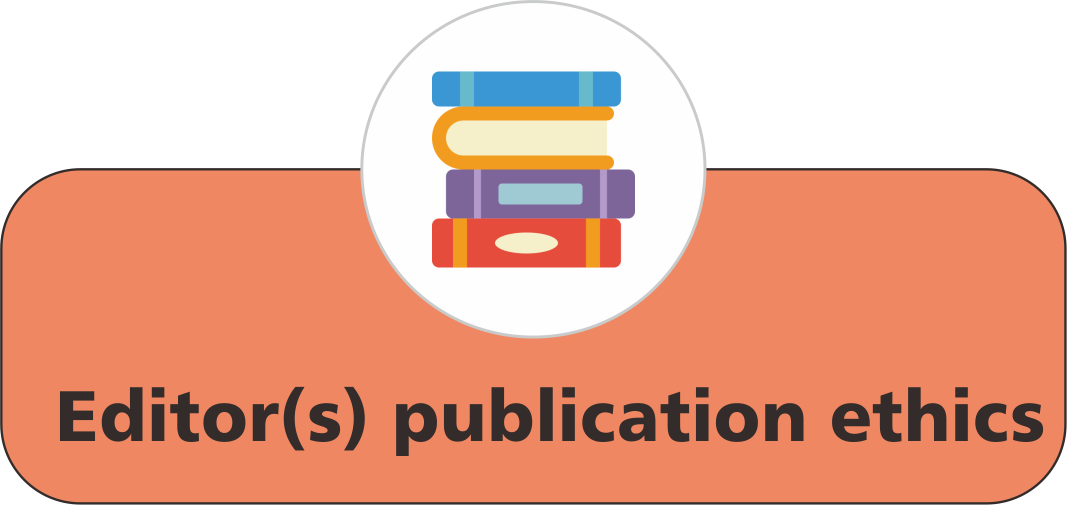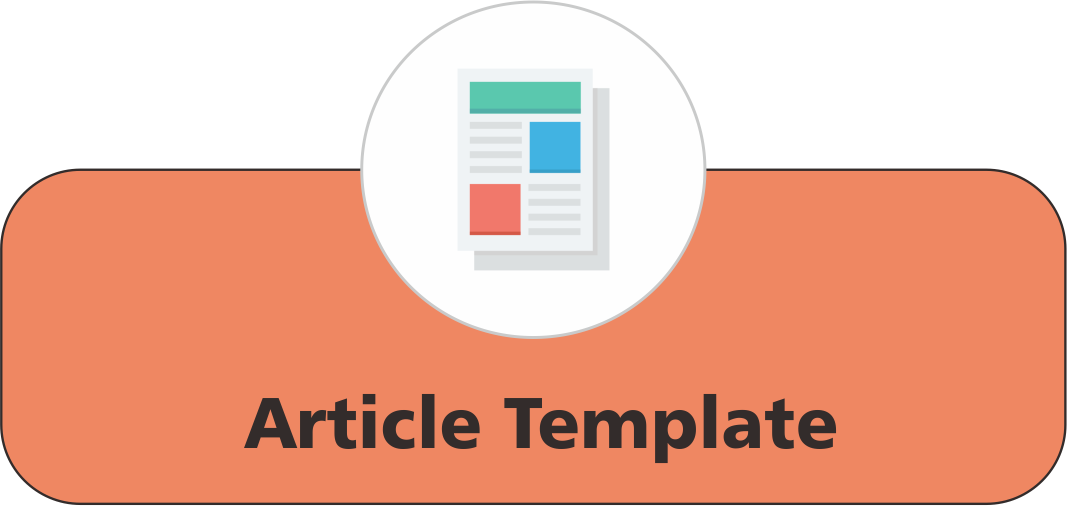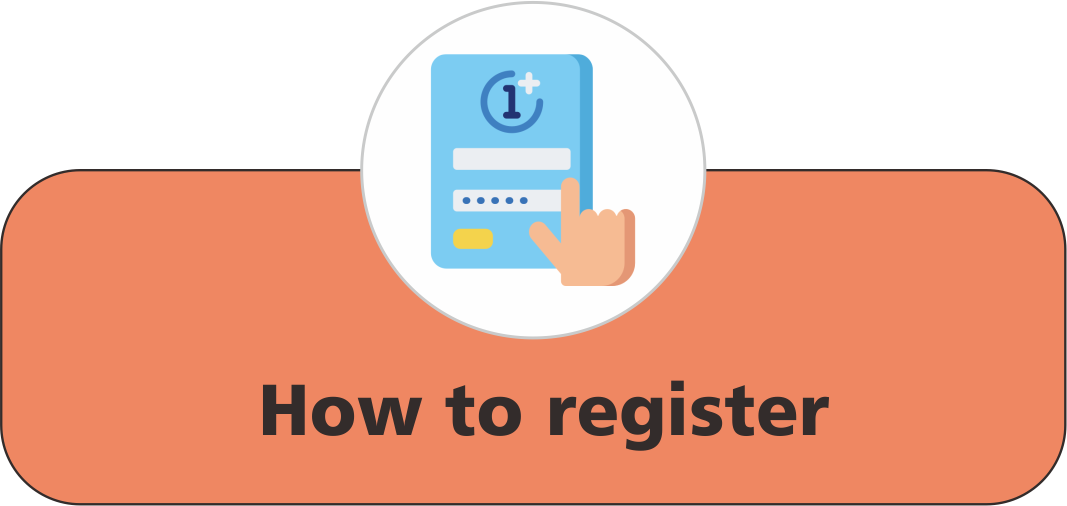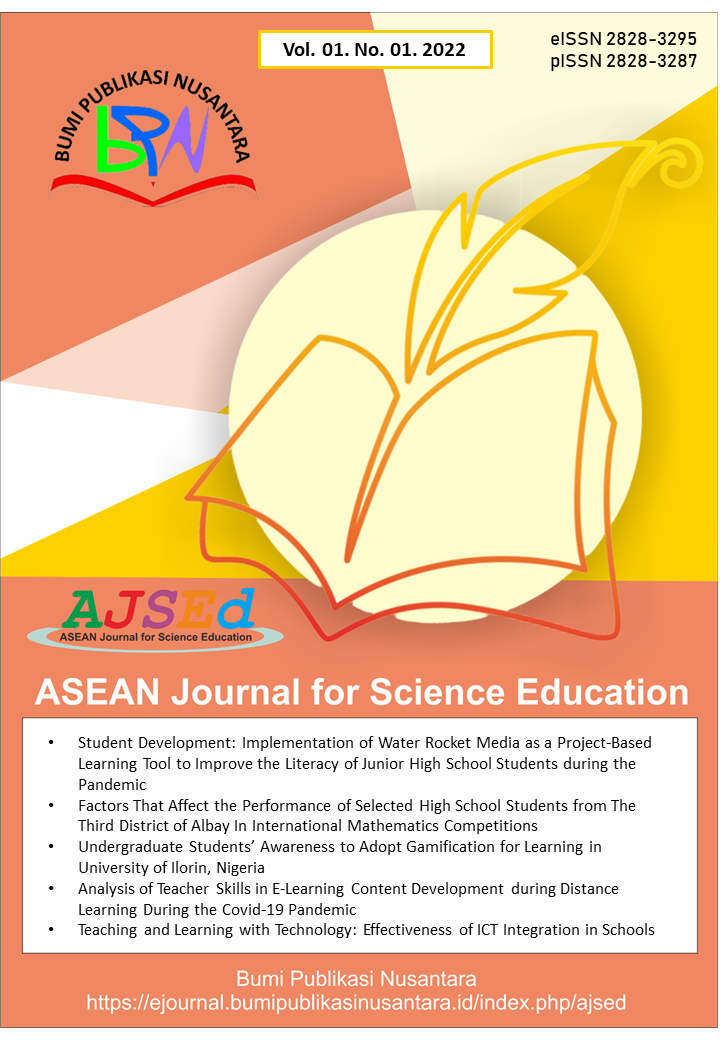Development and Validation of CalTech (Calculator Techniques) Exercises Manual
 ),
),
(1) Sultan Kudarat State University
 Corresponding Author
Corresponding Author
Abstract
Keywords
References
Achor, E. E., and Ukwuru, J. (2014). An Examination of the facilitative effect of the Computer Assisted Instruction (CAI) in Students’ achievement in Chemical reaction and equilibrium. Education, 4(1), 7-11.
Cañeda, M. E., Logroño, J. J. F., and Culibra, C. D. (2024). Test questionnaire development on selected topics in calculus 1. Ignatian International Journal for Multidisciplinary Research, 2(8), 1363-1376.
Chang, F., Yu, C., Li, D., Ji, Y., and Dong, Z. (2021). An Accurate doppler parameters calculation method of geosynchronous SAR considering real-time zero-doppler centroid control. Remote Sensing, 13(20), 1-10.
Guncaga, J., Korenova, L., and Hvorecky, J. (2019). Calculators as facilitators of understanding computational and mathematical contexts. Open Education Studies, 1(1), 177-183.
Li, W., Fan, J., Xu, H., Zhao, W., Meng, Q., and Su, Y. (2024). Optimal transport meshless method based fatigue life calculation method for hydraulic pipelines under combined excitation. Applied Sciences, 14(6), 1-22.
Madrazo, A. L., and Dio, R. V. (2020). Contextualized learning modules in bridging students' learning gaps in calculus with analytic geometry through independent learning. Journal on Mathematics Education, 11(3), 457-476.
Mainali, B. (2021). Representation in teaching and learning mathematics. International Journal of Education in Mathematics, Science and Technology, 9(1), 1-21.
Ok, M. W., Bryant, D. P., and Bryant, B. R. (2020). Effects of computer-assisted instruction on the mathematics performance of students with learning disabilities: A synthesis of the research. Exceptionality, 28(1), 30-44.
Paloyo, A. R., Rogan, S., abd Siminski, P. (2016). The effect of supplemental instruction on academic performance: An encouragement design experiment. Economics of Education Review, 55, 57-69.
Verma, R. (2016). Computer Assisted Instruction (CAI): An Innovative Approach for Individualized Education. International Journal of Research in Social Sciences, 6(12), 136-146.
Article Metrics
Abstract View : 611 times
: 611 times Download : 639 times
Download : 639 times
Refbacks
- There are currently no refbacks.
Copyright (c) 2025 Bumi Publikasi Nusantara

This work is licensed under a Creative Commons Attribution-ShareAlike 4.0 International License.







